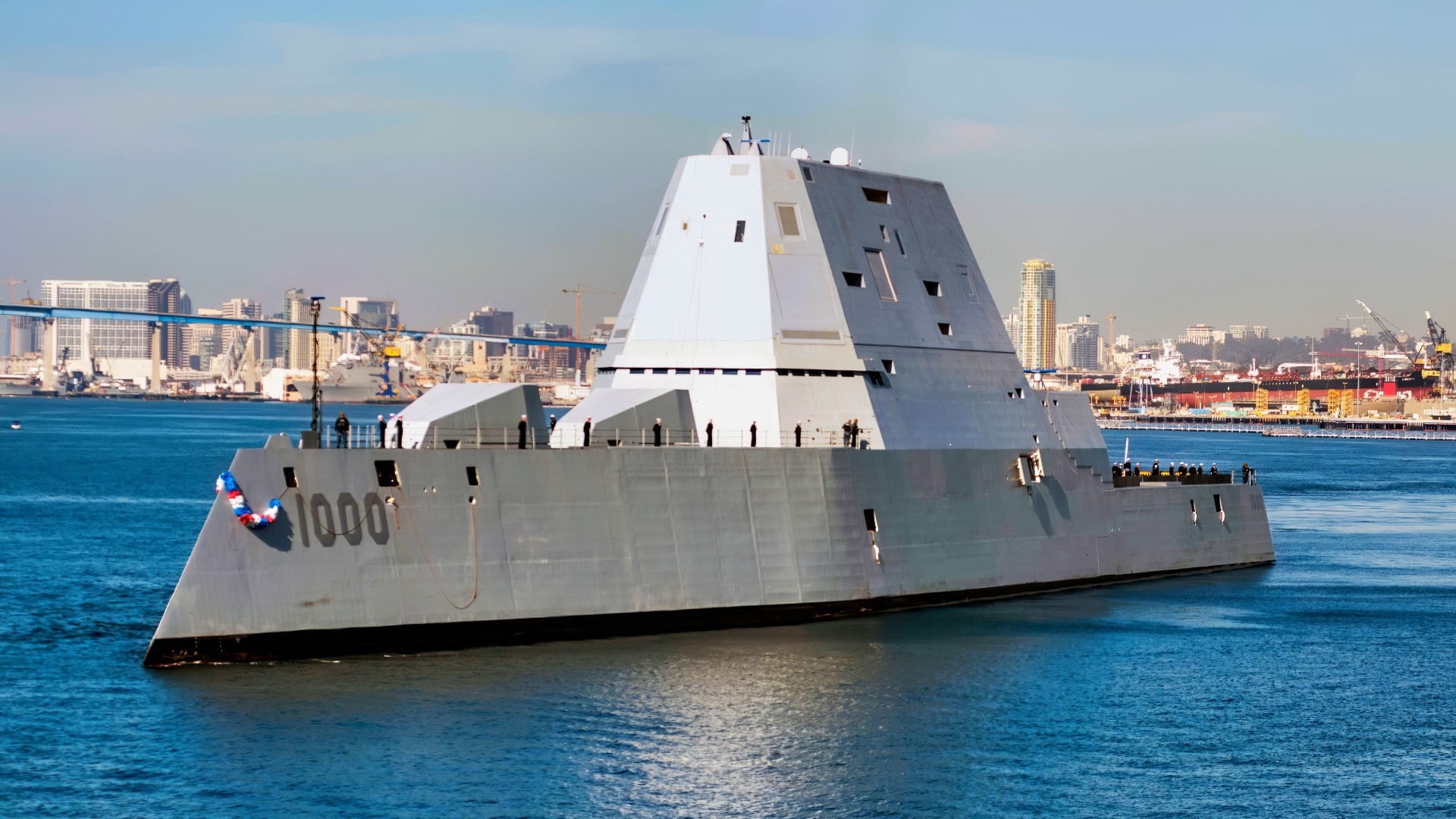Key Points and Summary – U.S. Navy shipbuilding presents a complex picture of innovation mixed with setbacks. Programs like the Zumwalt-class destroyers pioneered stealth and electric drive but were drastically cut due to cost.
-The Littoral Combat Ship (LCS) is widely seen as a failure, hampered by flawed concepts and reliability issues.
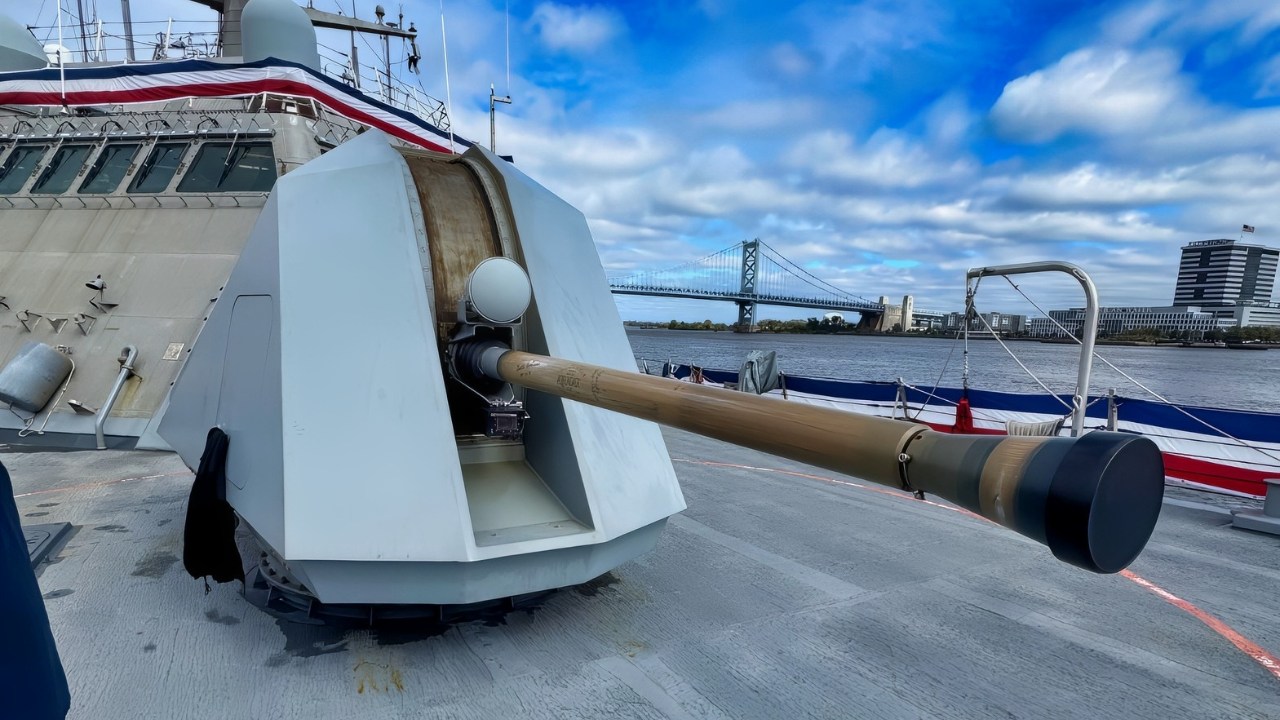
Littoral Combat Ship Deck Gun U.S. Navy. Image Taken by National Security Journal on October 14, 2025.
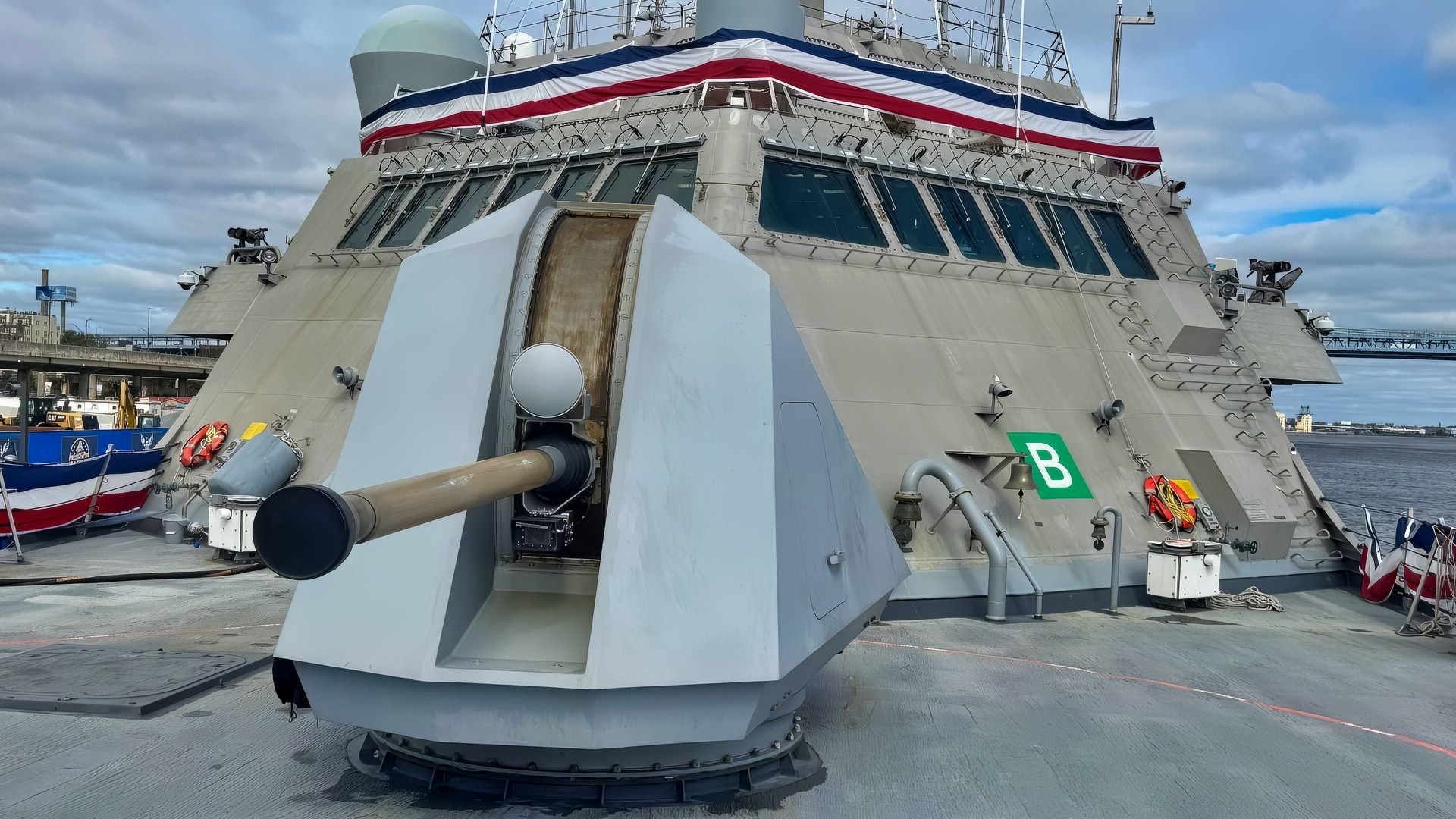
Littoral Combat Ship USS Cooperstown. Image Taken By National Security Journal October 14, 2025.
-While the Virginia-class submarines are a technological triumph, the industrial base struggles to produce them fast enough, creating a fleet deficit.
-Even the successful Ford-class carrier overcame significant early problems.
-This mixed record highlights a persistent challenge: balancing cutting-edge ambition with the practical realities of cost, industrial capacity, and timely delivery.
The U.S. Navy’s Shipbuilding Challenge Won’t Be Simple to Fix
The US Navy’s shipbuilding enterprise has been the focus of analysis, speculation, criticism, and hope for many years.
The enterprise offers bright successes and a series of frustrations, challenges, and disappointments.
The complexity is quite profound, as there are many victories, failures, and mixtures of the two, as with the USS Ford, which began as a potential failure before rising like a phoenix from its ashes to great performance, surging into the future.
There is a mix of successes and failures across the entire fleet, given the number of ships that have encountered budgetary or developmental failures yet still added unique value to the service and the country.
There seems to be potential for contrasting perspectives to an extent, because some might see an overall pattern of struggles and failures in US Navy ship development, citing the Littoral Combat Ship, Zumwalt-class destroyers, Constellation-class Frigates, and developmental problems with the Ford-class carriers.
Yet at the same time, many are likely to look at the current deployment success of the USS Ford, the unique value added by Zumwalt warships, and the various ways in which it could be argued that the Littoral Combat Ship supported the Navy’s mission.
Zumwalt-Class Quandary for U.S. Navy
The Zumwalt-class destroyers, for example, offer evidence-based reasons for great success as well as failure and disappointment.
While budget challenges drove the Navy to massively scale back its planned fleet size to only three ships, the platform advances a series of paradigm-changing technologies in the realm of “stealthy” warship development, electric propulsion and on board power, new generations of high-speed computing such as its Total Ship Computing Environment, and its anticipated success integrating and filing hypersonic weapons and Conventional Prompt Strike.
Years ago, the Naval Sea Systems Command published a statement suggesting that the USS Zumwalt appeared as a small fishing boat to enemy radar, indicating that the warship’s smooth exterior and lack of jagged edges effectively created a low radar cross-section.
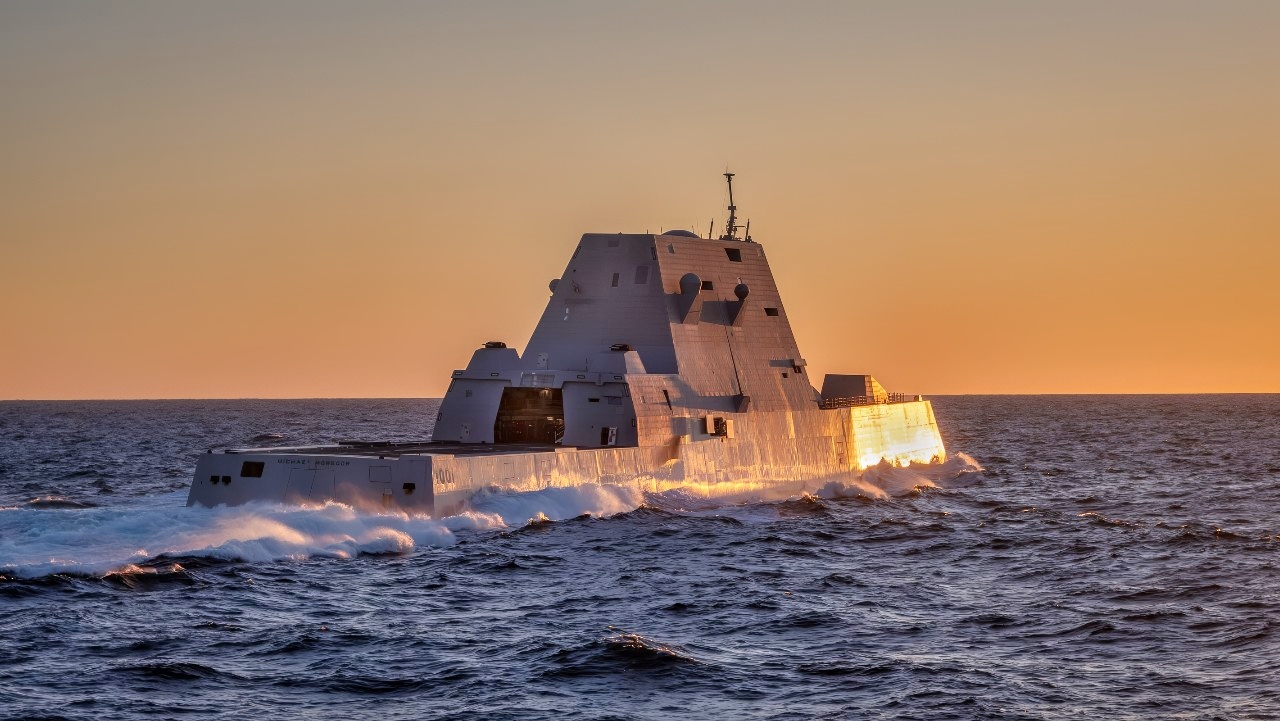
(February 10, 2024) — The Zumwalt Class Guided Missile Destroyer USS Michael Monsoor (DDG 1001) breaks away from the Henry J. Kaiser-class fleet replenishment oiler USNS Pecos (T-AO 197) shortly before sunset after taking on fuel. (U.S. Navy photo by Chief Mass Communication Specialist Mark D. Faram)
The ships included Vertical Launch Tubes around their periphery and pioneered an advanced computer system, the Total Ship Computing Environment, with more than six million lines of code.
The warship was also propelled by a quiet electric drive system, which provided additional expeditionary onboard electrical power, supporting new generations of weapons such as lasers, electronic warfare (EW), and High-Powered Microwave systems.
However, despite these advances, many are likely to view the Zumwalt class through a more reductive lens and remember that the original fleet goal was massively truncated due to cost.
Littoral Combat Ship or LCS
When it comes to the LCS, citing its unique advantages may prove more difficult, as the ship has been surrounded by controversy since its inception.
The ship was ultimately replaced by a more survivable Frigate effort, a shipbuilding program now encountering a series of problems of its own.
The arrival of longer-range, more lethal weapons and sensors simply precluded the LCS from operating in an open or blue water conflict.
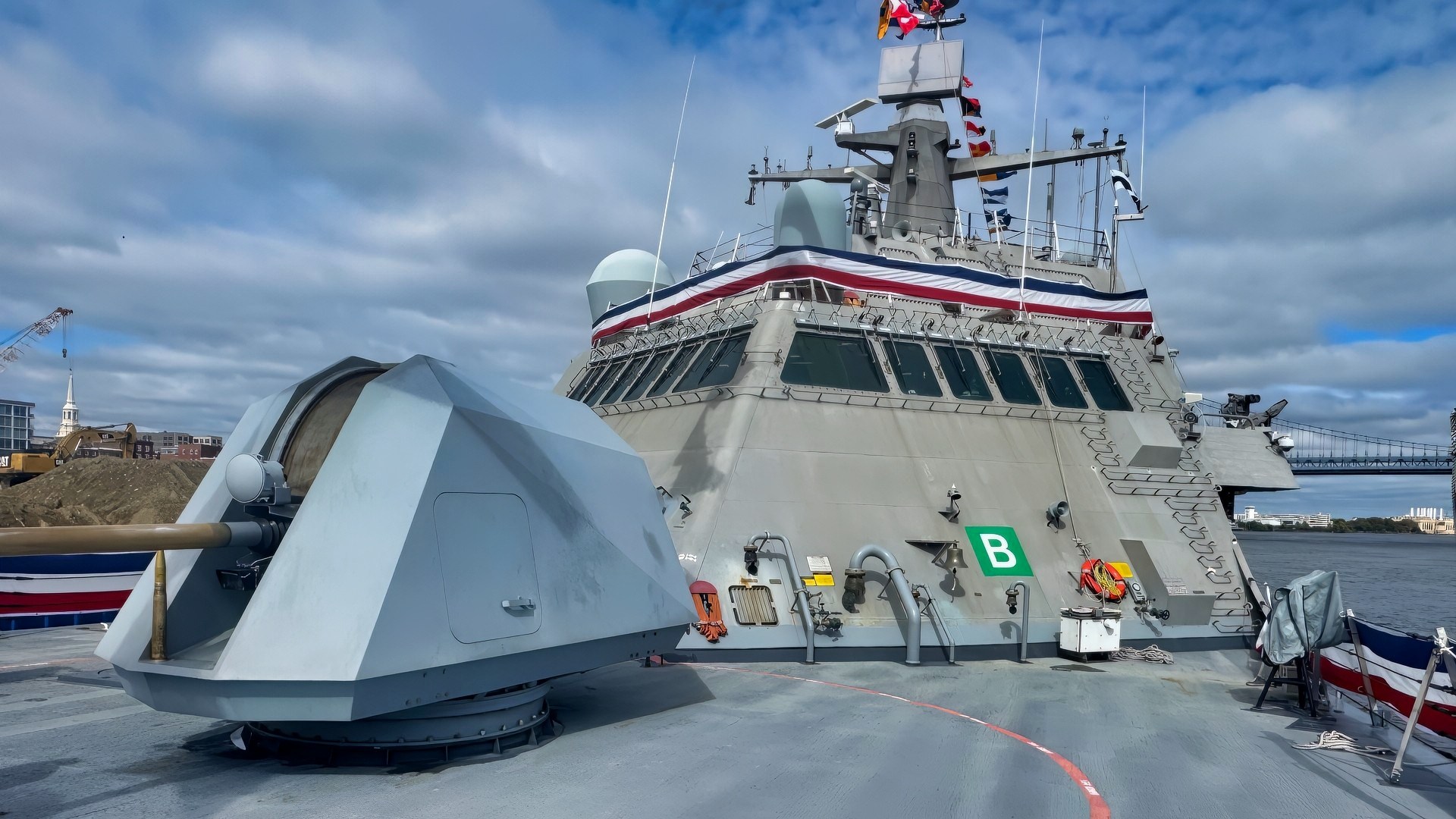
Top of USS Cooperstown Littoral Combat Ship. Taken by National Security Journal on October 14, 2025.

Littoral Combat Ship. Image Credit: Creative Commons.
Advocates spoke of its 40-knot speed, shallow draft, and integrated mission packages, suites of technologies combined to launch drones, hunt submarines, or destroy small boats.
Ultimately, many are likely to reflect upon the LCS as a failure, yet one that inspired what may become a uniquely valuable class of Constellation Frigates, should they come to fruition.
Submarines
There is little question that the advanced technologies woven into the Virginia-class submarines have been nothing short of a shining success.
Yet, the Navy is still struggling to build enough of them fast enough to mitigate its concerning submarine deficit. Los Angeles-class submarines are being retired faster than Virginia boats can be added, and combatant commanders’ requests for attack submarines continue to outpace available supply.
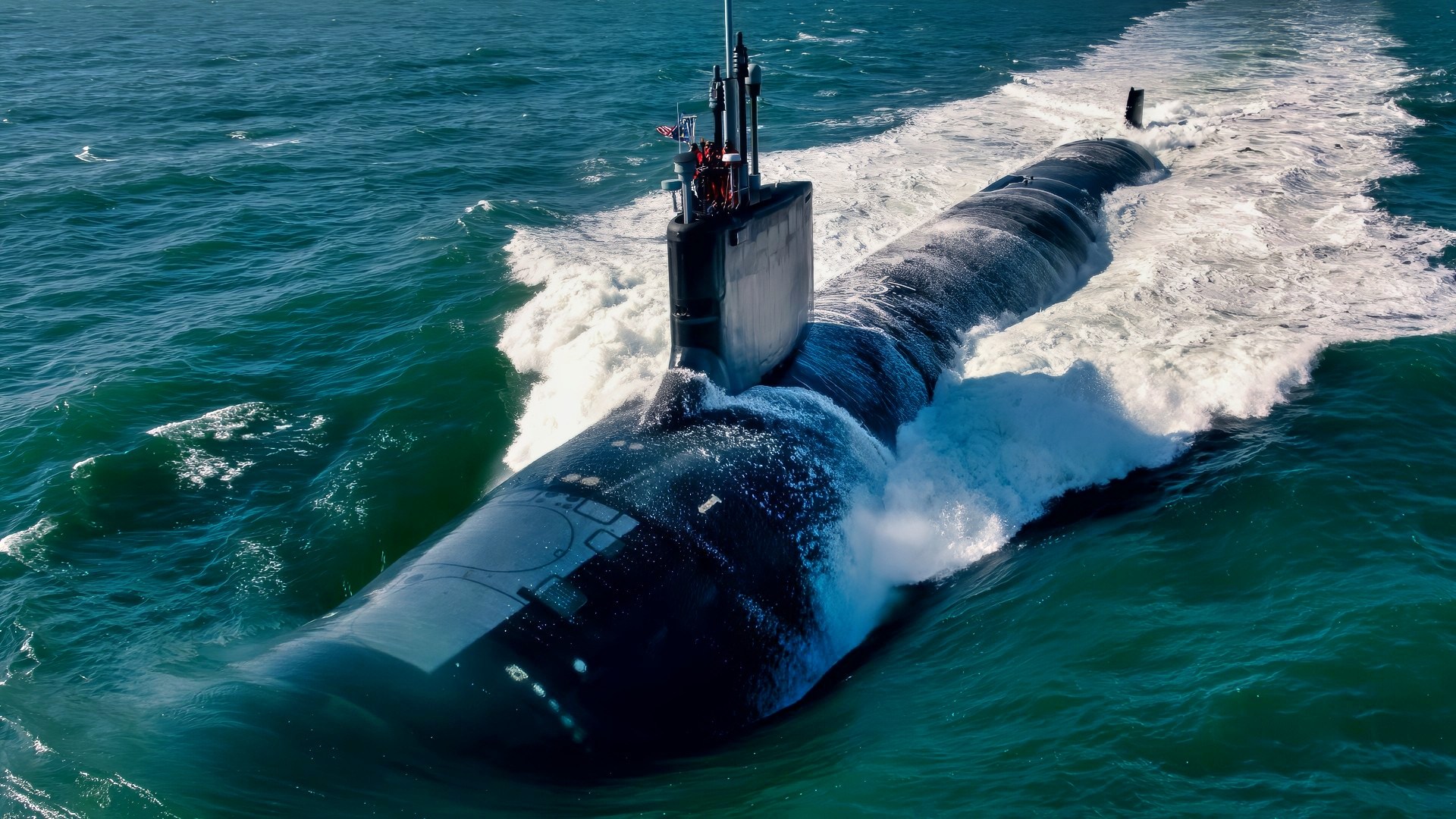
ATLANTIC OCEAN (Feb. 1, 2022) The future Virginia-class attack submarine Montana (SSN 794) conducts initial sea trials Feb. 1, 2022 in the Atlantic Ocean. Montana is the 10th Virginia-class submarine. (U.S. Navy photo courtesy of HII by Ashley Cowan) Montana SSN 794 Alpha Sea Trials
The service has been working to flex the industrial base to enable extra Virginia-class boats to be built every year, yet the effort has had trouble fully materializing.
Delays in volume with Virginia production mean the service will be slower to replace the massive Tomahawk firepower it will lose when its four SSGN guided-missile submarines retire, as each can fire 154 Tomahawks.
About the Author: Kris Osborn
Kris Osborn is the President of Warrior Maven – Center for Military Modernization. Osborn previously served at the Pentagon as a highly qualified expert in the Office of the Assistant Secretary of the Army—Acquisition, Logistics & Technology. Osborn has also worked as an anchor and on-air military specialist at national TV networks. He has appeared as a guest military expert on Fox News, MSNBC, The Military Channel, and The History Channel. He also has a Masters Degree in Comparative Literature from Columbia University.
More Military
3 U.S. Navy Ohio-Class SSGN Missile Submarines Surfaced As A Warning To China
Why the U.S. Navy Legally Needs 11 Aircraft Carriers
China’s Mystery H-20 Stealth Bomber Can Be Summed Up Simply in Just 1 Word
RANKED: The U.S. Army’s 5 Best Handguns Of All Time
Why It’s Almost Impossible for the Houthis to Sink a U.S. Navy Aircraft Carrier


